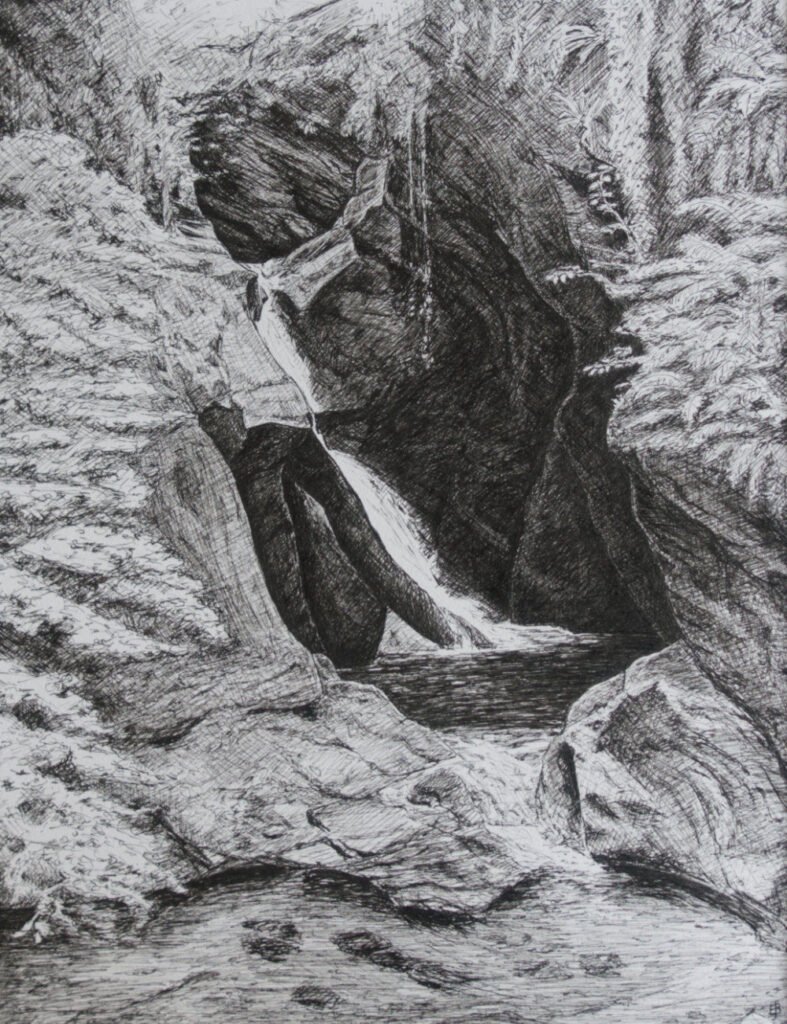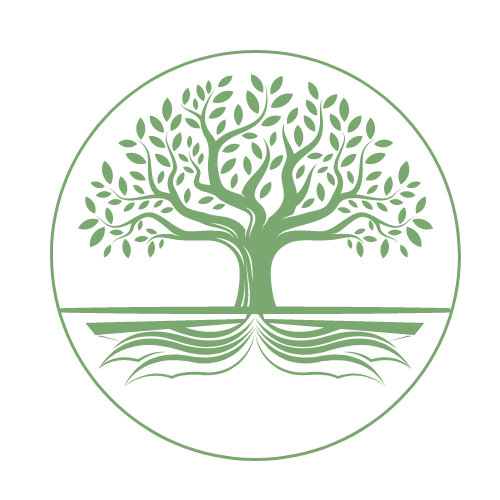Sketching is an often essential part of the artistic process, allowing artists to capture fleeting moments and concepts with lines and shades. The combination of ink and watercolours in a single artwork opens up a world of possibilities, enabling artists to create impactful pieces that are both dynamic and effective. In this blog post, I’ll take a look at the captivating realm of sketching using ink as a background and watercolours as the focal point of the drawing, giving some of the sketches in the Isle of Man Nature Journal as examples.

Setting the Stage
Ink is an intriguing medium that brings its own unique charm to the world of art. Its bold lines and rich textures can set the stage, establishing the foundation upon which the rest of the artwork will build. Sketching with ink lays down the groundwork, adding depth, contrast, and character to your composition.
When using ink as a background, think about the mood you want to convey. Different types of ink, such as India ink or acrylic ink, offer various textures and densities. Experiment with different tools like dip pens, brushes, or even unconventional tools like twigs for a truly distinctive touch. Create loose and expressive lines or intricate cross-hatching to infuse your piece with personality. I love the versatility and simplicity of my dip pens for allowing me to use different types of ink and my fountain pens for their portability and a variety of stroke widths. The whole of the Glen Maye Waterfall ink drawing below, was completed with the extra fine nib on my Twsbi Eco fountain pen, filled with Carbon Platinum black ink.

Bringing Life to the Sketch
Watercolours are known for their fluid and unpredictable nature, making them an ideal medium for adding vibrancy and a sense of magic to your sketches. When used as the focal point of a drawing, watercolours can turn simple lines into dynamic works of art.
Begin by selecting a limited colour palette that compliments the tones of your ink background. Start with light washes and gradually build up layers to create depth and dimension. The transparent quality of watercolours allows the ink underneath to shine through, creating an interplay between the structured ink lines and the free-flowing watercolour pigments.

Harmony in Contrast: Ink and Watercolour Unite
The true magic of combining ink and watercolours lies in the harmonious contrast between the two mediums. The boldness of ink lines provides a stable foundation for the delicate translucency of watercolours. This contrast adds visual interest and complexity to your artwork, capturing the viewer’s attention and inviting them to explore the intricacies of your creation.

Consider using the ink lines to define the main subject of your sketch, providing a strong structure for your composition. As you introduce watercolours, allow them to interact with the ink lines, creating moments of surprise and wonder. The areas where the two mediums meet can become focal points, drawing the viewer’s eye to the captivating fusion of textures. I love to use Diamine Earl Grey ink when I’m looking for an intermingling effect, as this grey ink splits into blue and red-greys when it comes into contact with water and creates an added layer of unpredictability.

Tips for Success
- Experiment Fearlessly: Don’t be afraid to play with different techniques and styles. Allow yourself to make mistakes and learn from them. Art is a journey of exploration and growth.
- Plan Your Composition: Before you start, have a rough idea of the placement of your subject, focal points, and the overall mood you want to convey. This will help you make informed decisions as you work with ink and watercolours. I usually make a light pencil sketch before I start laying down ink or watercolour.
- Layer Wisely: Watercolours can be built up in layers, allowing you to control the intensity of the colours. Start with light washes and gradually add more pigment as needed.
- Maintain Balance: While watercolours can steal the show, ensure that the ink background still plays a significant role. Maintain a balance between the boldness of ink and the softness of watercolours.
- Practice Patience: Working with watercolours requires patience. Allow layers to dry before adding more, and use this time to plan your next steps.

Leave a Reply